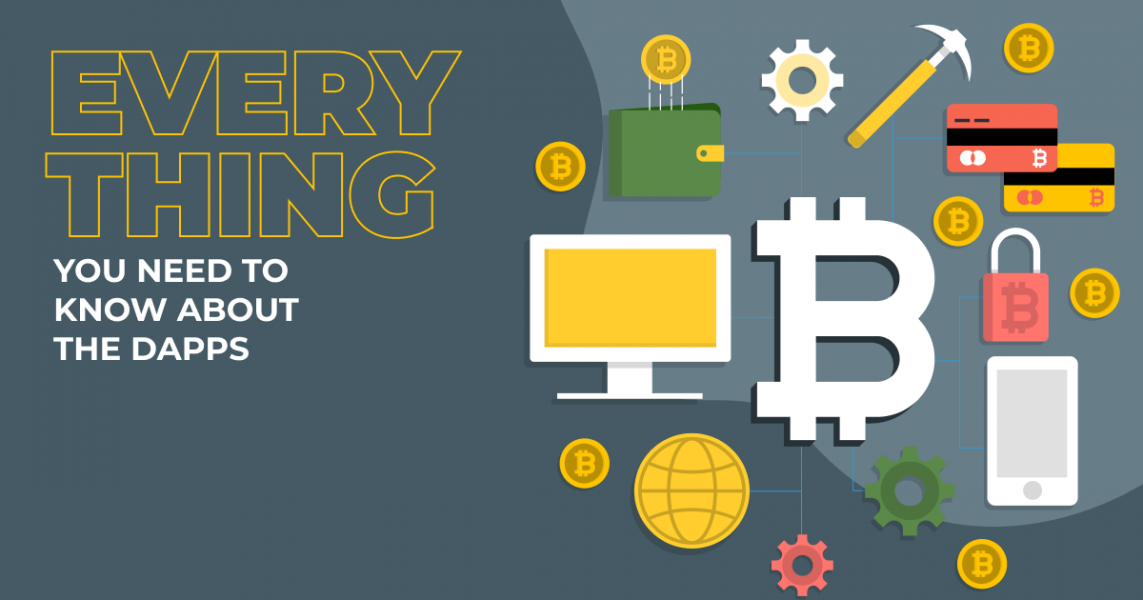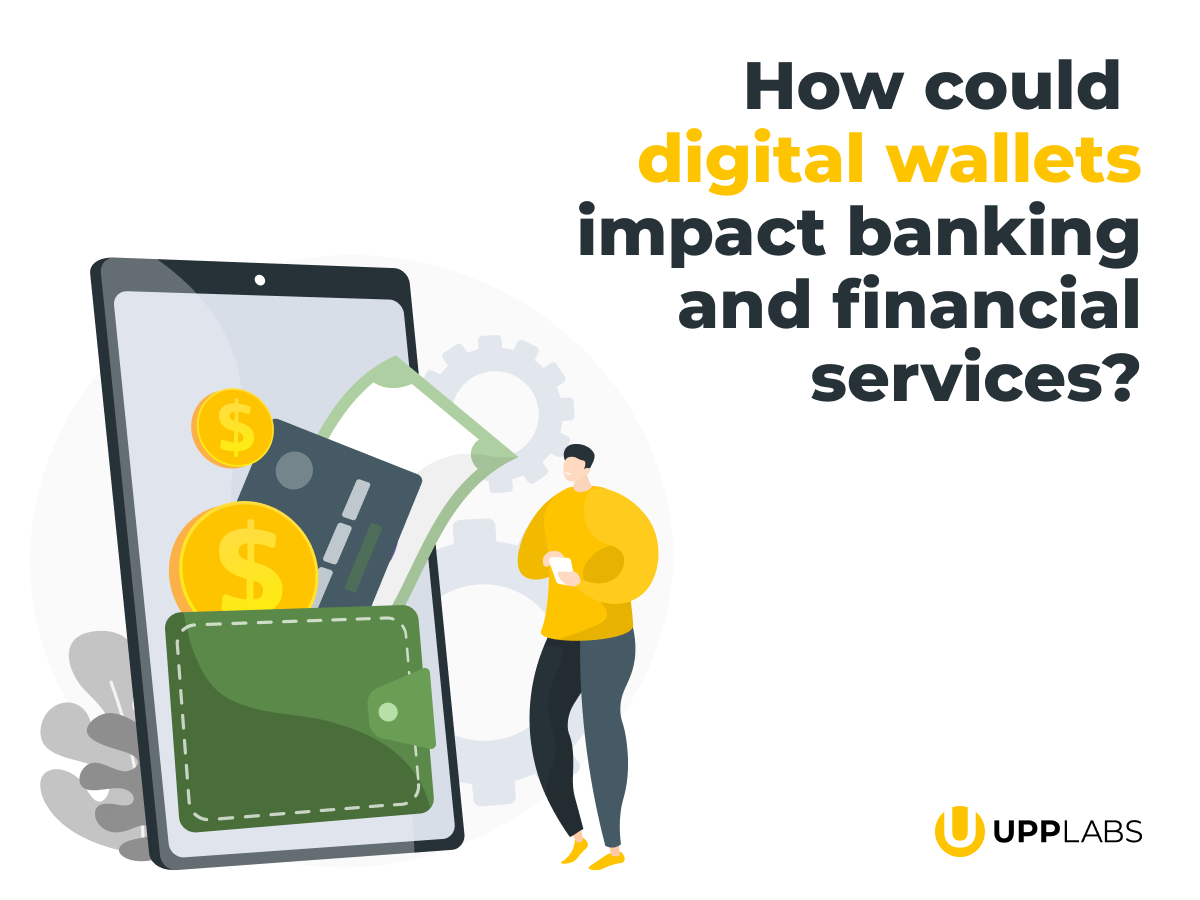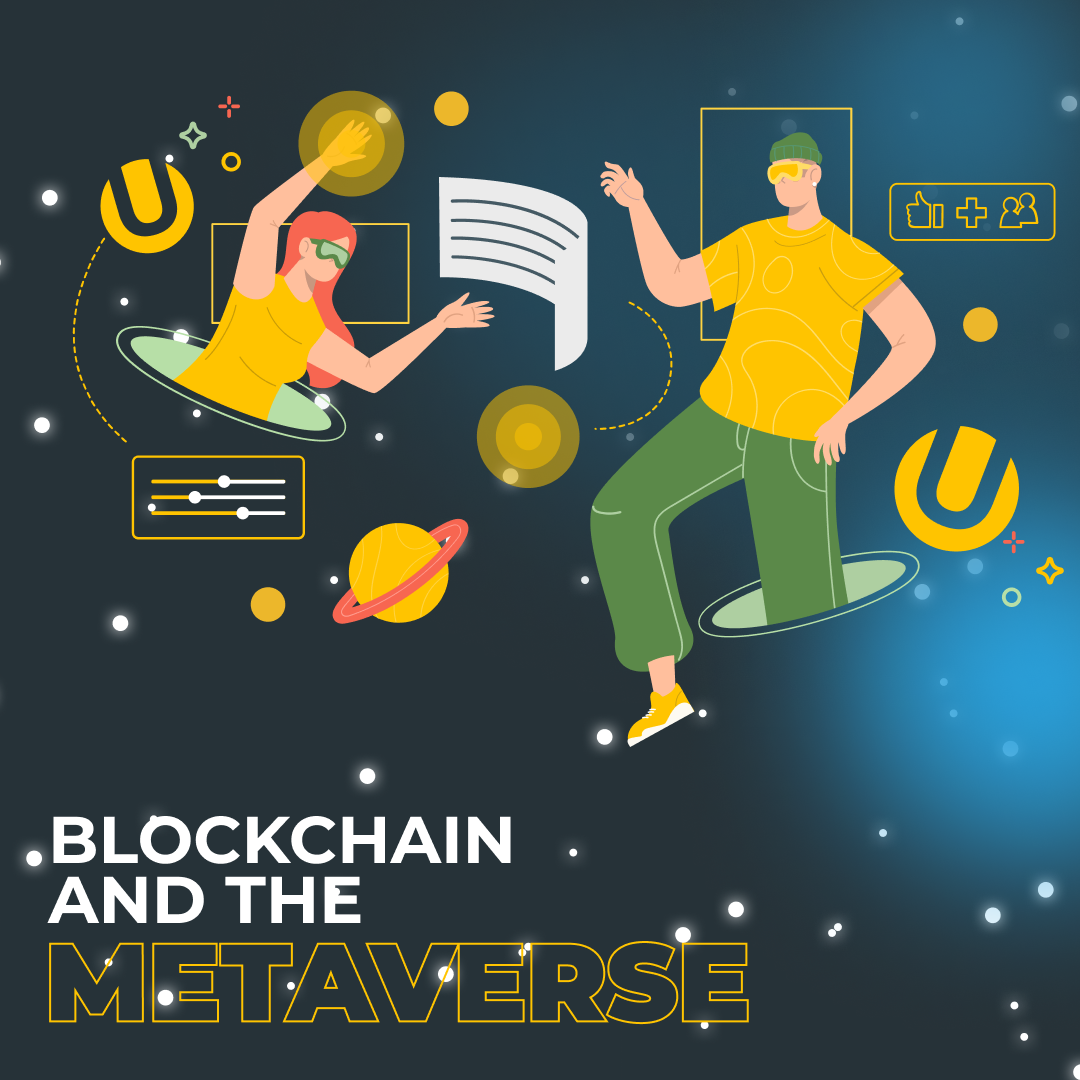Navigating today’s crypto space is impossible without encountering decentralized applications or dApps. Like regular apps, dApps have a wide range of uses: there are financial services, decentralized file storage platforms, and even games. This article will explore the world of dApps in Blockchain and learn about the concepts, features, benefits, and types of dApps.
The concept of DApps
The appearance of Bitcoin nearly a decade ago spurred a new era in the development of blockchain protocols. Developers have been trying to improve and add exciting new features to blockchain protocols tailored for different use cases. Today, you can find many blockchain applications in finance, gaming, web browsing, and even art collecting.
How can we implement the blockchain in many different use cases? The answer will lead you directly to the dApp blockchain connections. Decentralized applications or dApps are similar to traditional applications that run on blockchain networks rather than central servers. It is basically an application developed on a decentralized network. dApps are never controlled or owned by third parties, which ensures decentralization.
Although there are several ways to define dApps, they are generally described as applications that have the following characteristics:
- They are primarily open source – the source code is intentionally available to the public so anyone can examine, use, copy, and modify it.
- They are fully decentralized – they operate on Blockchain networks, so they are not controlled by anybody or authority. They are served by multiple users (or nodes) instead.
- They are cryptographically secured, which allows them to be protected using cryptographic technologies, meaning that all managed data is recorded and served on a public blockchain.
How DApps work
Most of the programs we use today are run by centralized companies. For example, Facebook fully controls its service, including its smartphone app. It frequently changes the app’s interface, features, and terms of use. It also controls the codebase and data it collects from its app and how that data is stored and used.
In contrast, decentralized programs are open and not necessarily controlled by an individual or legal entity. DApps run on distributed networks like a P2P network or a blockchain like Ethereum. The applications are created by programming, which for a DApp is contained in smart contracts. In the example of Ethereum, the Ethereum Virtual Machine executes smart contract code using the processing capabilities of the Ethereum network.
Bitcoin is an example of dApp. It is a decentralized distributed blockchain solution that enables financial transactions. Bitcoin is proof of an effective solution to the unreliable and scalable electronic cash register using a peer-to-peer distributed ledger, the Bitcoin blockchain. In addition to being a peer-to-peer electronic money system, Bitcoin also allows users to interact with each other through computer software.
Smart contracts – computer algorithms designed for the conclusion and control of self-executing contracts in the blockchain – play a unique role in the work of dApp. In this way, the smart contract fulfills the corresponding clause of the contract. For example, in exchange for tokens, a user can receive a place to store information.
Types of dAPPs
The classification of applications is based on the blockchain model they use. Usually, we distinguish three main categories of dApps:
Type 1 – Such applications run on their blockchain. An example is the Ethereum platform.
Type 2 – DApps that function based on an already existing blockchain. These protocols have their mechanism for issuing tokens (Tron, EOS). An example is the MakerDAO protocol.
Type 3 – These applications are based on the second type dApp protocols. They need two components to work: a blockchain and an application running on this blockchain. An example is the Augur application.
Type 1 DApps are similar to the computer operating systems we use daily (Windows, macOS, Linux, etc.). Whereas Type 2 DApps act as “all-in-one applications” like word processors (MS Words) or spreadsheet applications (MS Excel).
Main features of DApps
Blockchain has brought undeniable benefits to the future of technology and finance. The key characteristics that differentiate the dApp include:
- Open-source.
You cannot have one entity controlling the application code. The application code should be utterly self-contained and easily accessible for evaluation. - The possibility to generate its tokens.
This point of the dApp indicates the token generation requirement. dApps should be able to generate their tokens as proof of value along with token distribution as a reward. - Decentralization
The decentralized application’s backend runs on a decentralized blockchain. The dApp blockchain requires the storage of all operational records of the application on the blockchain. - Compliance with the protocol
All decentralized application stakeholders must consent to a cryptographic algorithm to verify proof of value.
Differences between decentralized and traditional apps
The main advantage of choosing a DApp over a traditional application is that the latter uses a centralized architecture, storing its data on servers controlled by a single entity. It means they have a single point of failure-prone to failures and malicious attacks.
Twitter and Slack are typical examples of companies offering web applications. Traditional web applications mostly depend on the frontend and backend as essential elements of their functionality and use software that resides on centralized web servers rather than on the local operating system of specific devices. Devices will use Hypertext Transfer Protocol or HTTP to use coded messages to communicate with servers. So the feed on the frontend of the web application will come from the data on the backend or the company’s web server.
The decentralized application uses a smart contract on the blockchain network as a backend. A blockchain is a network of multiple machines that share the same transactional burden in a distributed network. The dApp uses the same technology to render the page on the frontend. However, dApps differ from web apps in their backend, as they communicate through a wallet with their respective blockchain networks.
Advantages of DAapps
Decentralized applications are basically traditional web applications that you run on a blockchain network. So what does a DApp offer in terms of value for users? Here are some notable benefits that can you can find with decentralized applications.
- Resistance to censorship
Decentralized programs do not allow controlling the data and processes of a single entity. No state or organization can block users from sending transactions, deploying dApps, or even reading data from the blockchain. Without any specific person or organization controlling dApps, users have the advantage of complete freedom with dApps. - Reliable calculations
The next significant benefit associated with dApp blockchain interoperability is smart contract analysis and predictive execution without any centralized authority. Decentralized applications create the basis of genuinely unreliable systems compared to traditional models. For example, you should trust financial institutions in online banking systems and assume that they will not misuse your financial or personal information. However, you no longer have to rely on a central authority with the dApp, as the smart contract will take care of everything. - Confidentiality
The most dominant benefit of decentralized applications is their anonymity and privacy. A large proportion of decentralized applications do not require the real identity of users. Instead of going through a complicated and time-consuming registration process, users can access dApps using their Ethereum login credentials and digital wallet. - Data integrity
Thanks to the power of cryptography, decentralized applications ensure that data is securely stored in the respective blockchain networks. The availability of a public blockchain to verify transactions also provides confidence in the reliability of data records.
Possible challenges of decentralized applications
While you can see the benefits of censorship resistance, higher availability, decentralization, and security, it’s also important to note the potential challenges of dApps. Here are some possible risks you can find in decentralized applications.
- Maintenance
Decentralized applications present many maintenance challenges due to the difficulty of modifying code and data published on the blockchain network. It’s difficult for developers to roll out app updates, even when they discover bugs or security risks. - Network overload
The problem of network overload becomes evident in cases where a single dApp consumes an excessive amount of computing resources. Currently, the Ethereum network can handle 10 to 15 transactions every second. However, sending transactions at a faster rate can cause the number of unconfirmed transactions to increase faster. - Centralization
Although a decentralized application can look like an Etherium solution, it may possess some centralized features. For example, some dApps may store keys or other sensitive information server-side or execute sensitive business logic on centralized servers. - Productivity overhead
Each network node must execute and store each transaction to ensure the desired level of security, reliability, integrity, and transparency in the dApp. In addition, consensus mechanisms such as Proof-of-Work also consume time and resources. Thus, the overhead of dApps is significantly higher than the overhead of standard computing.
Examples of decentralized applications
An introduction to DApps would not be complete without mentioning a few popular examples. Some common names among DApps popular today include Augur, BitTorrent, and Golem. Augur is one of the most popular apps, with over 100,000 monthly visitors to its website.
It is an open source decentralized prediction market based on Ethereum that helps to create different prediction markets. On the other hand, BitTorrent serves as a decentralized file sharing application, while Golem operates as a decentralizBitTorrent ed marketplace for renting computing power and resources.
Here is a list of the most popular dApps on the platform that have been compiled:
1. Metamask: A browser plugin that connects your device to the Ethereum network.
2. Status: Browser links mobile chat and social networking apps to Ethereum tokenization.
3. uPort: an application that stores and manages personal information on the Ethereum platform.
4. Augur: The market predicts the outcome of real events.
9. Golem: A fully decentralized global open source supercomputer for everyone.
10. Ujo: A music streaming platform for artists to manage royalties and royalties.
11. CryptoKitties: For breeding and trading, collecting cats.
12. Etheremon: A world of ethereal monsters that allows you to buy, sell, collect and battle Pokemon monsters.
13. Gods Unchained: eSports App Platform.
Conclusion
The DApps can offer many advantages for your business. In particular, they:
- have higher power security, privacy, and even anonymity;
- are better levels of reliability because the data is only available to the people who use it;
- provide more transparency of your work, mostly thanks to the open source code.
If you want to learn more about dApps and other blockchain solutions, the UppLabs team is ready to help you. If you’re looking for a Blockchain development partner – there is no point in further search!
Check our expertise here.
UppLabs is a perfect companion to lift you Upp!



